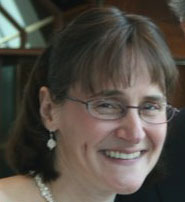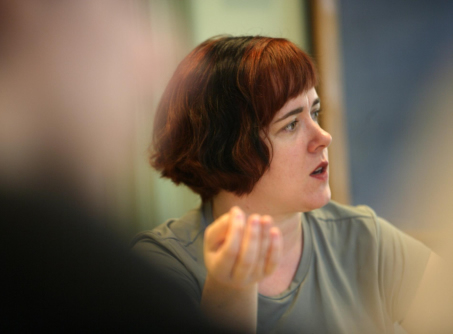How Hope’s Cookies captivates Bryn Mawr College
By Clare Mullaney
A sophomore at Bryn Mawr College confidently asserts that if a man were to show up at her dorm room with a box of Hope’s Cookies she would marry him.
That’s saying a lot for a Bryn Mawr woman.
Hope’s Cookies on the 1000 block on West Lancaster Avenue is a hot spot for college students. For Bryn Mawr, Hope’s has become an integral part of campus culture.
Not only do Bryn Mawr students make weekend trips to the small shop in Rosemont, but Hope’s Cookies are served and sold in various places on campus.
Tired of processed cookie dough like Toll House and Mrs. Fields, Hope Spivak of Bryn Mawr’s class of 1983 came up with the idea of Hope’s Cookies-a business that would make all natural, high quality cookie dough-during her senior year at Bryn Mawr while having lunch with a friend from Haverford College.

Hope's M&M Special
By 1986, Spivak said goodbye to her initial plans for medical school and opened up Hope’s Cookies in Wayne, which a year and a half later would move to Lancaster Avenue.
Hope’s 23 year-old business is still going strong.
According to a SurveyMonkey survey of Bryn Mawr students done for this story, Bryn Mawr students eat an average of two Hope’s Cookies each week.
Apply that to the entire student body and it means that they’re consuming 104,700 cookies every year and taking in over 3.5 million calories.
Packing on the pounds
This means that each Bryn Mawr student can gain six pounds every year from Hope’s Cookie’s alone.
For most Bryn Mawr students, the extra weight is worth it for that special taste of Hope’s.
Maybe it’s Hope’s Cookies’s use of 100 percent natural ingredients and no added artificial flavors or preservatives.
Or maybe it’s that Hope’s is 35 percent chocolate, unlike most cookie dough whose primary ingredient is flour or sugar.
For Sarah Nelson, a sophomore at Bryn Mawr, chocolate is definitely one of Hope’s Cookies’s distinguishing qualities. Continue reading




